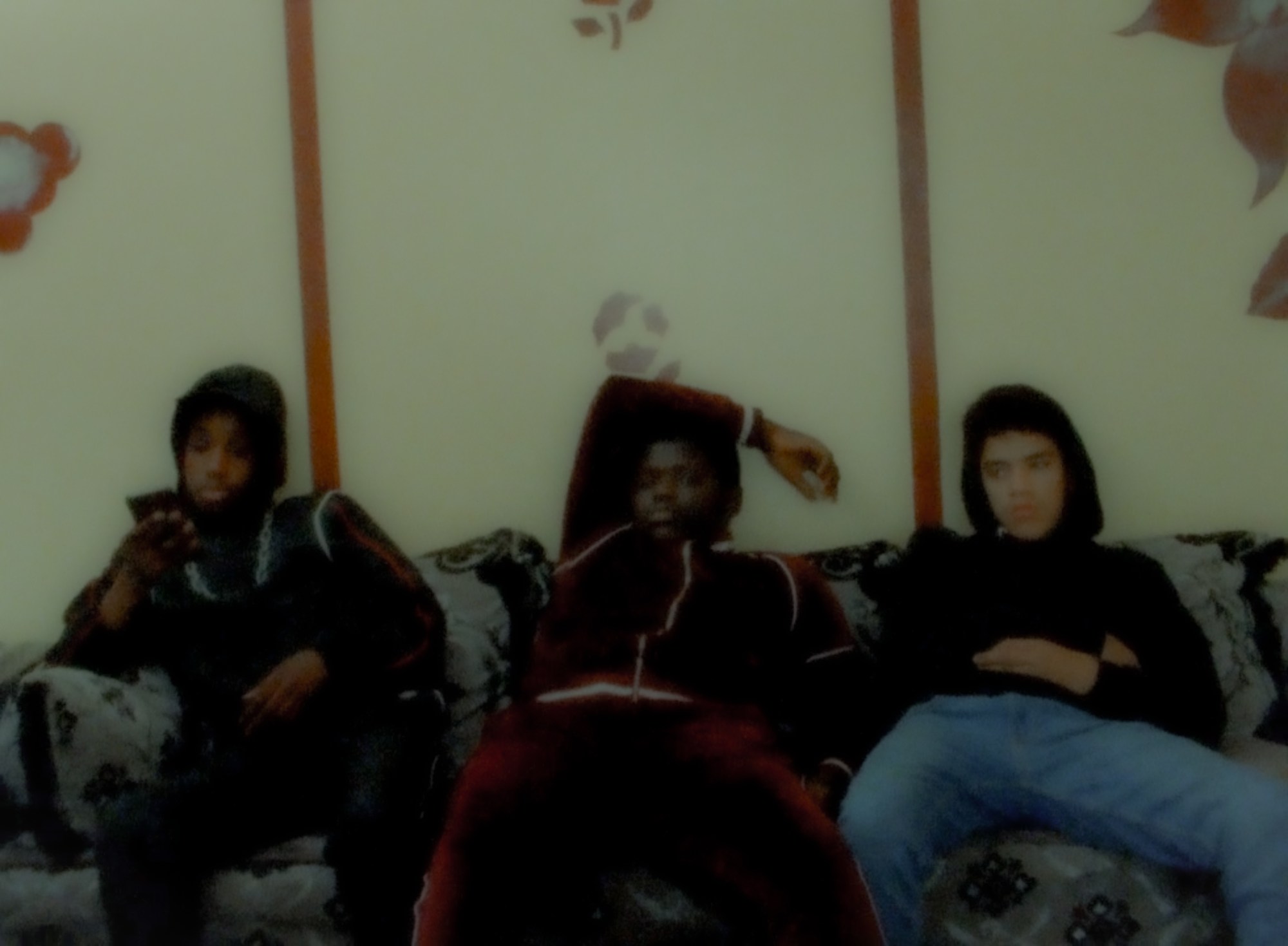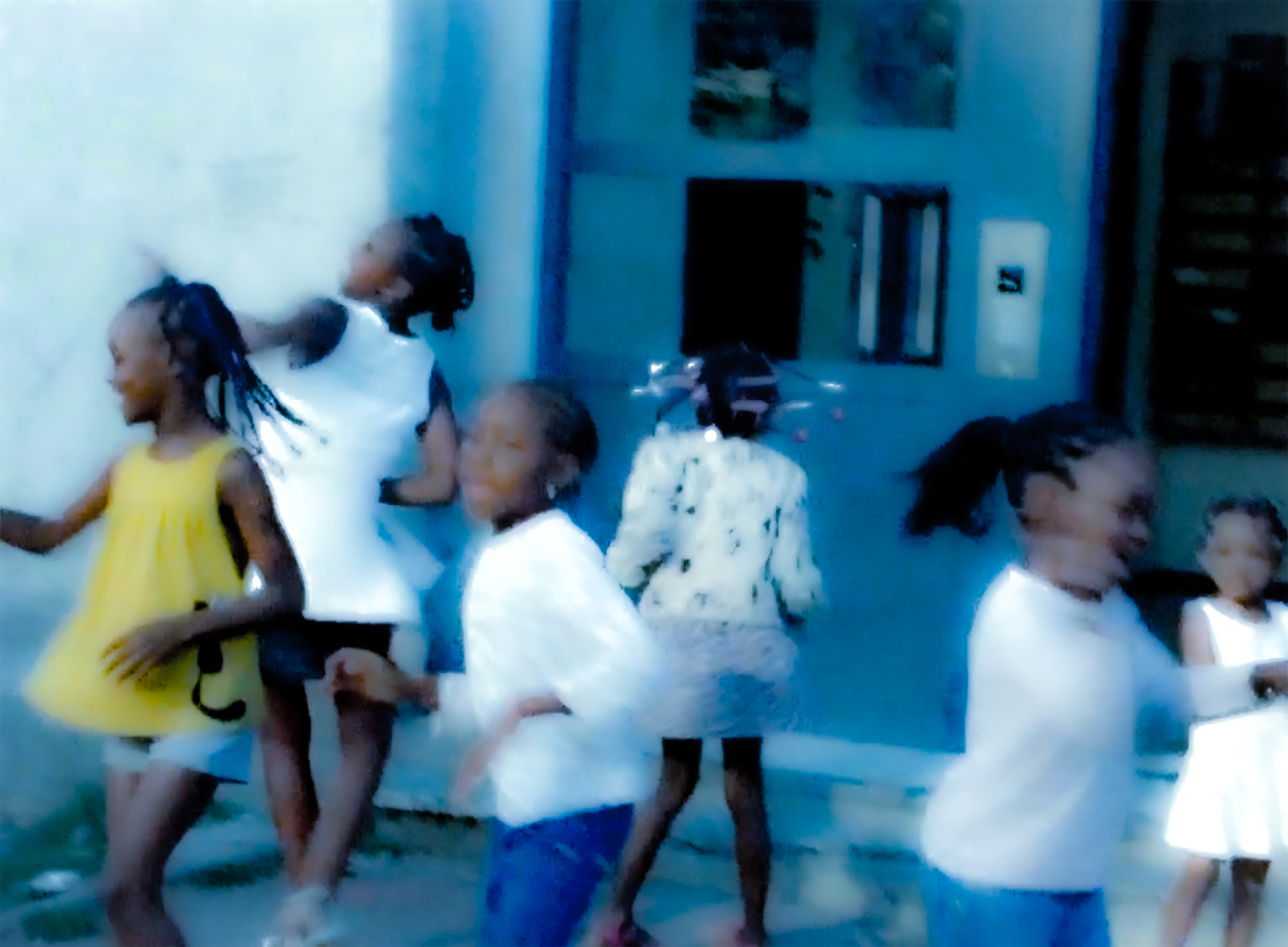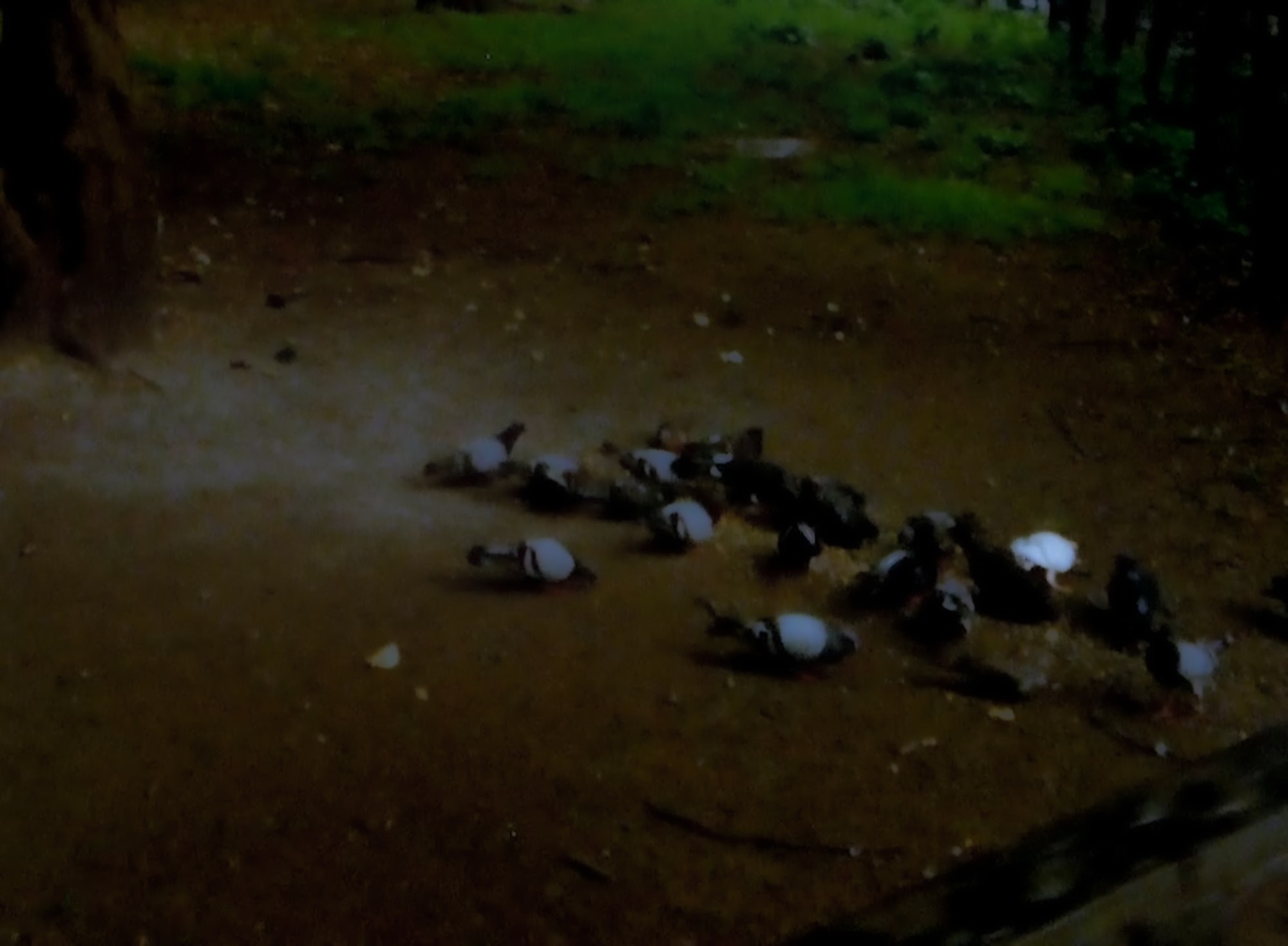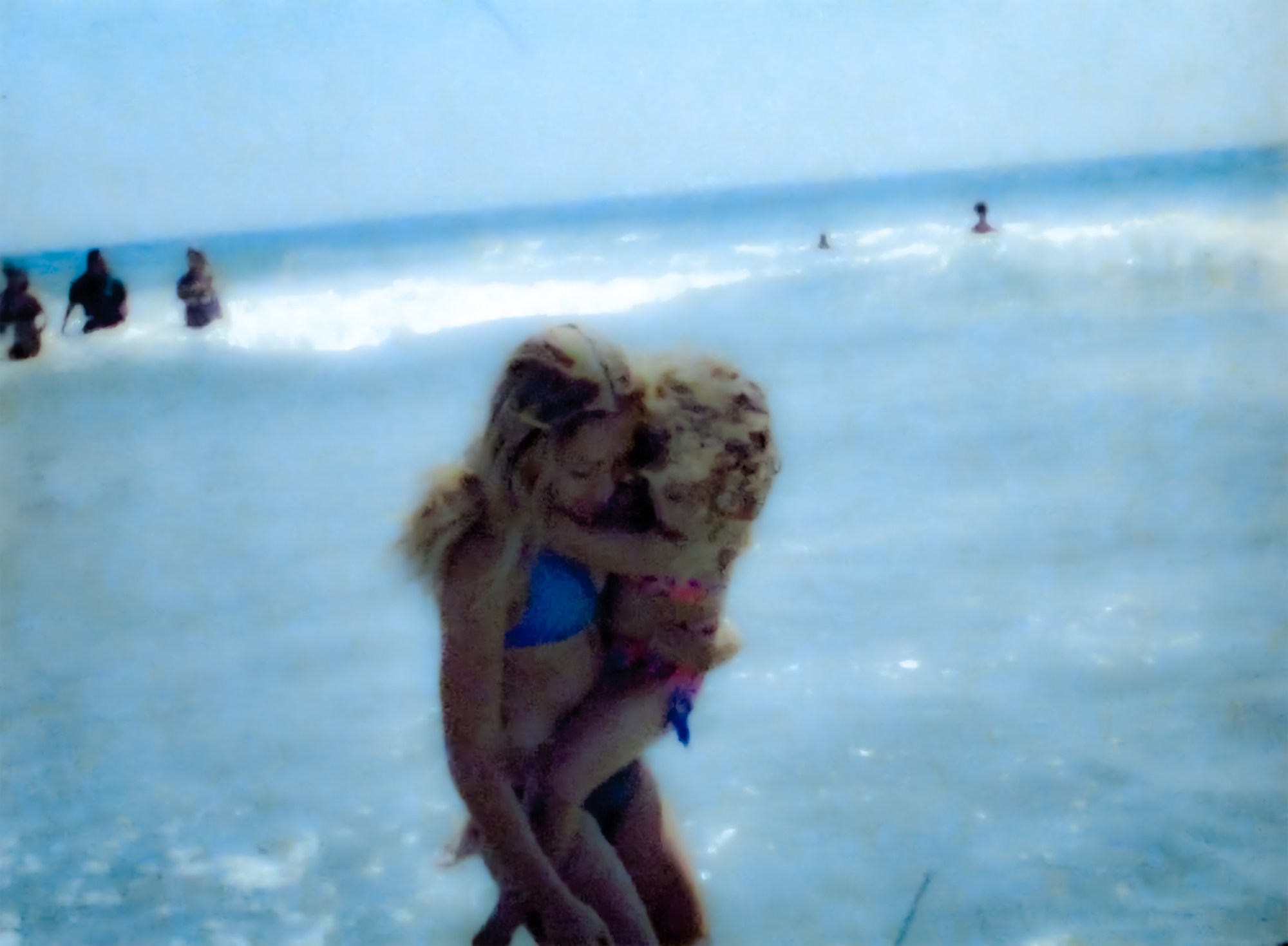For photographer and artist Daniel Regan, processing his upbringing in his hometown of Venice, California, required distance from it.
At the beginning of the pandemic in March 2020, Daniel and his girlfriend were quarantined in New York, far from his hometown and family. Feeling unmoored and isolated, he began to look through four years’ worth of photography and Super 8 film from his international travels. “The image capture at first was aimless. I had all this access to intimate moments and to earn the trust of communities across the world. It was really a study about the human condition and a way to better understand myself against the world,” he said.
Daniel’s frequent collaborator, musician Jo “22” Frías, was similarly stuck in Paris. Bonding over their shared homesickness, the two began to stitch the footage together — “like a poem” — and set it against Jo’s ambient compositions. For Daniel, “it was cathartic and healing sitting [and] staring out the window in New York for months, stuck far away from home [and] working with a friend across the world to make sense of the last few years and honour them accordingly. All of sudden the imagery held so much more importance.”

The project that emerged from this period of isolation and immense gratitude was the first iteration of Life in Debt, a film and accompanying photo book that explores community, memory and our spiritual connection to one another. Both versions appear as if halfway between a dream and memory. The content of the images — children smiling, high school graduations, beach landscapes — are akin to a family photo album, but the hazy and oversaturated stylings of the photographs make these everyday scenes feel surreal. Palm trees silhouetted against the California skyline feel otherworldly; washed-out scenes of family gatherings feel at once welcoming and unfamiliar. In a clip Daniel shared of the film, his camera traces the Venice boardwalk as the sunset turns to dusk: the people slowly leave the beach, the sounds of the rushing tide replace human voices and street lights flicker in anticipation of the coming darkness. It transports the viewer back to being a young child, falling asleep in the backseat after a long day out, watching the world change through the car window as you float between real life and a dream.
This tension between the known and unknown was also represented in Daniel’s creative process once he could safely return home. The Venice he came back to months later was both exactly how he left it and brand new — what he described to me as a “dystopian Paradise Lost.” The pandemic’s myriad effects were clear: “When I was finally allowed to return home, I would often ride my bike at night, [and] there were curfews in place…The remnants of the pandemic and social issues stained the streets. I would ride around searching for the people and places that felt familiar — running into old friends, family members and locals, remembering who I was and retracing my steps. It felt like so much had been stripped away. I had a new appreciation for where I came from.” He also notes that despite the city’s struggles, his community found a way through with mutual aid and genuine care for each other and their home: “the core of the community that outsiders tried to push out and destroy remained the glue.”

Back in Venice, Daniel reconnected with old friends and old haunts, recording the changing sites of his childhood as his neighbourhood continued to reel from the trauma of the past year. His images of California were the previously missing piece to his project, providing a foil to his images of other neighbourhoods and communities. “I had to return home,” Daniel told me. “[Home] is my first and only reference. I had made my work so much about other communities for the years prior. I hadn’t figured out how to convey the underbelly and the true heartbeat of Venice in a way that was easy for someone not from it to understand.”
Subscribe to i-D NEWSFLASH. A weekly newsletter delivered to your inbox on Fridays.
Life in Debt — both the photo book and the film — will be released this fall, though the film will only be screened in person in Paris, New York and other choice cities. “I think it would be a disservice to allow it to live online,” he says in a clear rejection of the online viewing platforms that have grown over the past year. One of the first of these in-person screenings of the film happened earlier in October at 22Visconti, which allowed Daniel to see firsthand the effects of this format. The in-person screening allowed for “people from all backgrounds [to be] able to sit in a dark room, leave things at the door and have a moment to reflect within… At a time where we are overwhelmed with information, this format requires you to stop.”

But what about the title, Life in Debt? What does it mean to the photographer? “Debt was about how I felt like I owed so much,” he said. “I owe so much to my experiences. They have shaped me completely. I felt like I was running a tab with life, and this was my chance to pay it off and pay it forward.” With Life in Debt, Daniel Regan memorialises not only a community but what “community” means: the places — and more importantly, the people — that stay with us no matter how far from home. It’s a debt that can never be fully paid, but that’s what keeps bringing us back.




Credits
Photography Daniel Regan.

